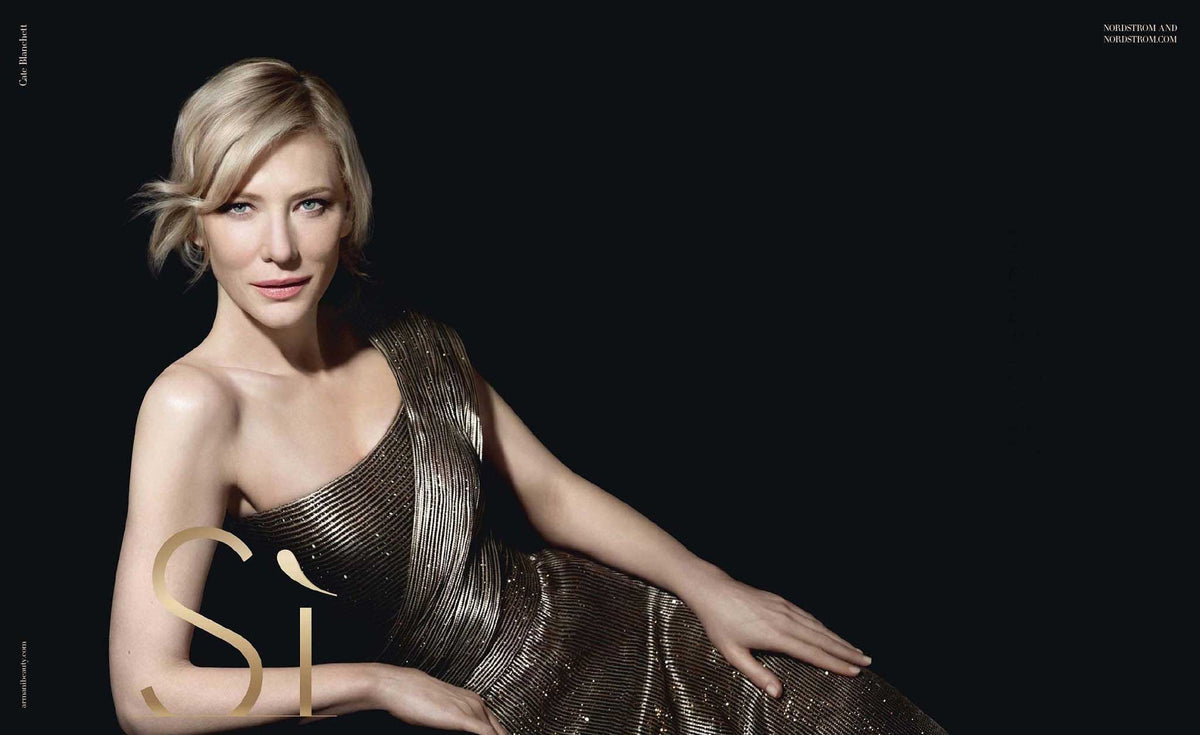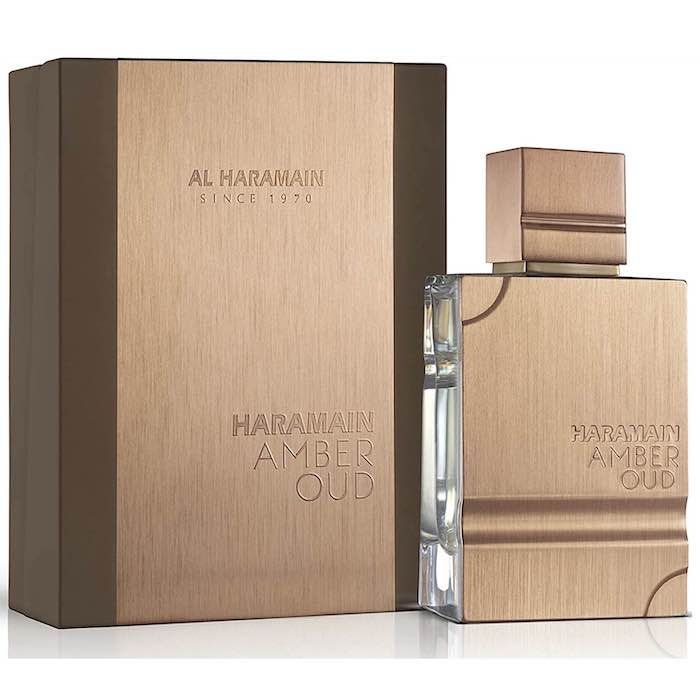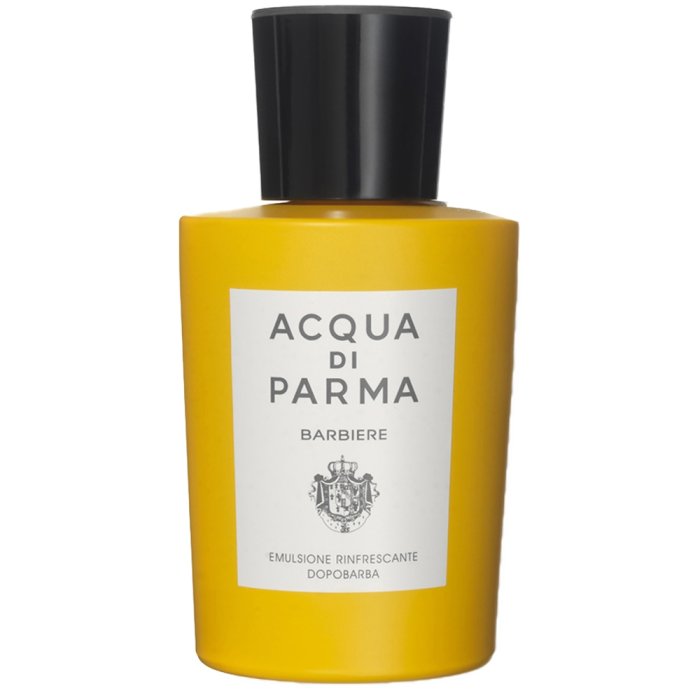Building a perfume wardrobe is more than just collecting bottles—it’s about curating scents that reflect your personality, mood, and lifestyle. A well-rounded perfume collection allows you to have a fragrance for every occasion, season, and emotion. In this guide, we’ll walk you through how to build your own perfume wardrobe, from understanding fragrance families to selecting signature scents and layering like a pro.
Understanding Fragrance Families
The first step in building your perfume wardrobe is understanding the different fragrance families. Perfumes are broadly categorized based on their dominant notes:
-
Floral: Rose, jasmine, peony, and lily. Perfect for romantic or feminine vibes.
-
Citrus / Fresh: Lemon, bergamot, and grapefruit. Ideal for daytime and summer wear.
-
Oriental: Vanilla, amber, and spices. Warm, sensual, and great for evening occasions.
-
Woody: Sandalwood, cedar, and patchouli. Sophisticated, classic, and versatile.
-
Gourmand: Chocolate, caramel, and coffee notes. Sweet, comforting, and often luxurious.
Knowing these families helps you identify gaps in your wardrobe and ensures diversity in your collection.
(Image Suggestion: Fragrance family wheel with examples for each category)
ALT TEXT: Fragrance family wheel showing floral, citrus, oriental, woody, and gourmand perfume categories.
Start with Signature Scents
Every perfume wardrobe should have a few signature scents—fragrances that define your personality and become your “go-to” for everyday wear. Choose at least one fragrance for:
-
Daytime / Work: Light and fresh perfumes that are noticeable but not overpowering.
-
Evening / Special Occasions: Bold and elegant fragrances that make a statement.
-
Seasonal Favorites: Scents that complement the weather, like fresh citrus for summer or warm oriental notes for winter.
(Image Suggestion: A curated set of signature perfume bottles on a vanity)
ALT TEXT: Curated selection of signature perfume bottles representing daytime, evening, and seasonal scents.
Mix Designer and Niche Perfumes
A strong perfume wardrobe balances well-known designer brands with niche, boutique fragrances. Designer perfumes are versatile and widely loved, while niche perfumes offer unique and daring compositions. Combining both ensures your collection is both recognizable and exclusive.
Layering and Mixing for Creativity
Once you have a solid foundation, you can experiment with fragrance layering. Layering two compatible perfumes creates a signature scent that’s uniquely yours. For example:
-
Citrus + Floral = Bright and playful
-
Woody + Oriental = Deep and sensual
-
Vanilla + Musk = Cozy and warm
(Image Suggestion: Perfume bottles with arrows indicating layering combinations)
ALT TEXT: Example of perfume layering with arrows showing compatible scent combinations for unique fragrance creation.
Budgeting Your Perfume Wardrobe
Building a complete perfume collection doesn’t have to break the bank. Start small and invest gradually. Tips include:
-
Buy miniatures or travel sizes to test before committing.
-
Look for discounted sets or seasonal sales.
-
Prioritize versatile perfumes that can be worn in multiple situations.
Organizing Your Perfume Collection
Organization is key for a functional perfume wardrobe. Consider:
-
Seasonal Rotation: Keep summer fragrances accessible in warm months and store heavier scents for winter.
-
Categorized Display: Arrange by fragrance family or by occasion to easily choose your scent.
-
Proper Storage: Keep perfumes away from sunlight and heat to maintain integrity.
(Image Suggestion: Elegant shelf display of perfumes organized by type and season)
ALT TEXT: Organized perfume display showing bottles categorized by fragrance type and seasonal use.
Expanding Your Collection
After you’ve built the essentials, you can expand your wardrobe by adding:
-
Limited Editions: Collectible bottles for special occasions.
-
Classic Luxuries: Timeless scents like Chanel No. 5 or Guerlain Shalimar.
-
Seasonal or Trendy Perfumes: Try new releases to stay current with fragrance trends.
Tips for Maintaining Your Perfume Wardrobe
-
Keep Bottles Upright – Prevent leakage and oxidation.
-
Avoid Extreme Temperatures – Perfumes degrade faster under heat or sunlight.
-
Spritz, Don’t Overuse – Over-application can spoil your own experience and the longevity of the scent.
-
Rotate Regularly – Prevents older perfumes from fading or evaporating too quickly.
Final Thoughts
Building a perfume wardrobe is a journey of self-expression. It’s not just about owning bottles—it’s about understanding your tastes, experimenting with layering, and creating a scent collection that suits every mood and occasion. Whether you’re a fragrance novice or a seasoned collector, following these steps will ensure your perfume wardrobe is versatile, sophisticated, and perfectly curated to your lifestyle.






0 comments